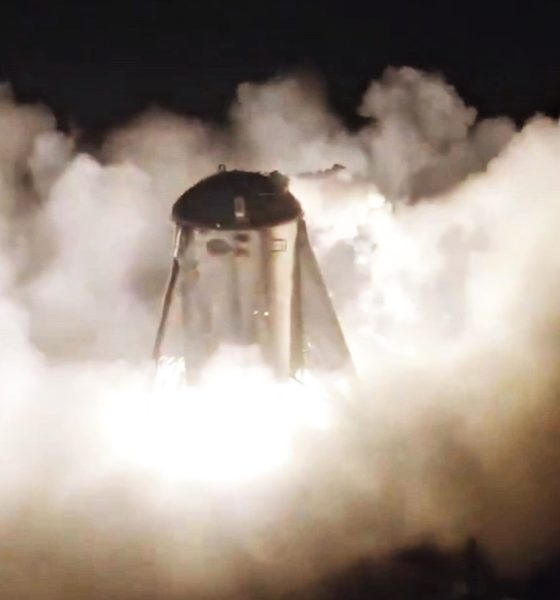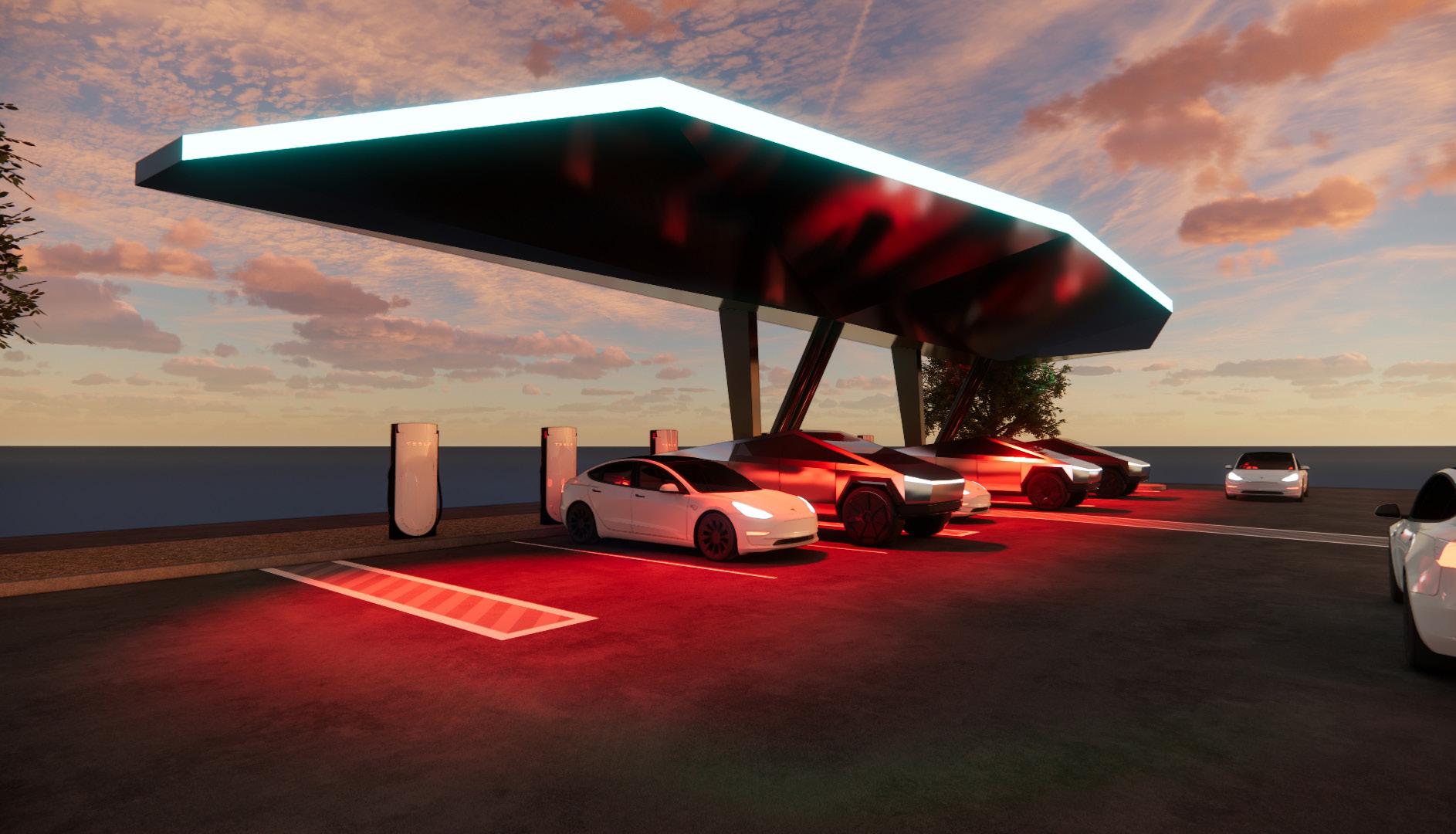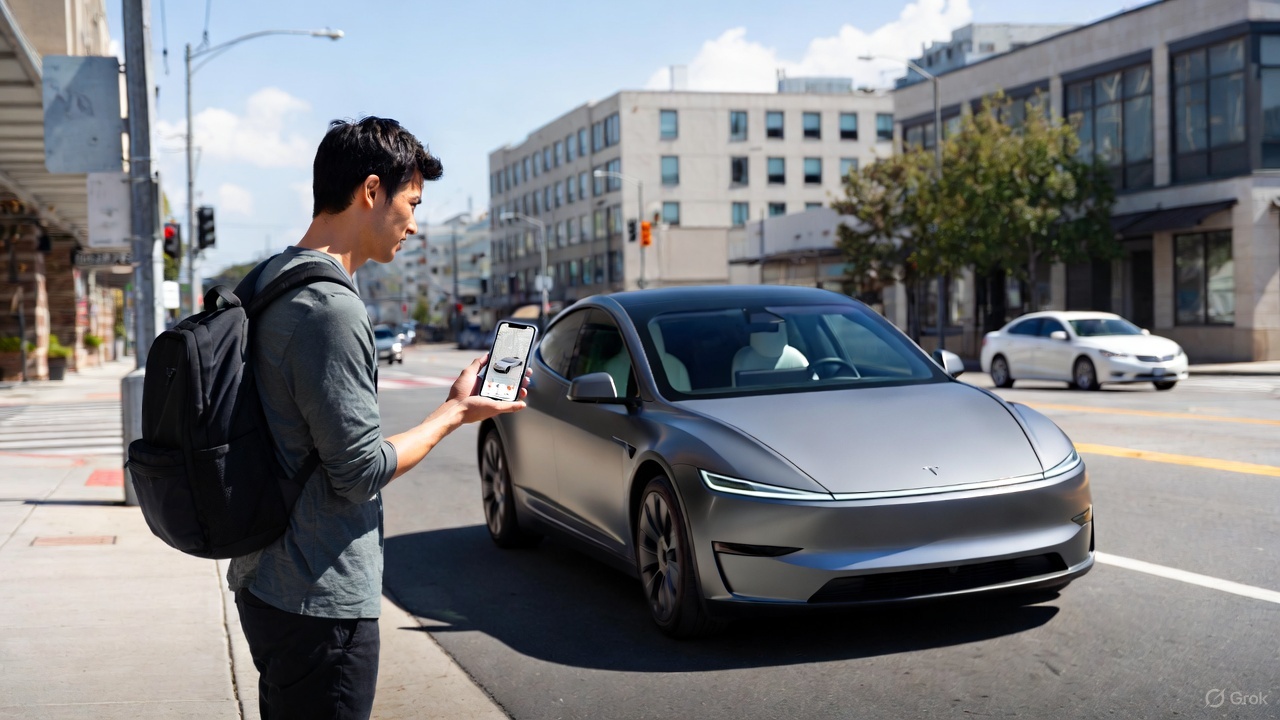

News
SpaceX settles on Friday for Starhopper’s next flight test milestone, FAA permitting
The US Federal Aviation Administration (FAA) has published Notices-to-Airmen (NOTAMs) for SpaceX’s next Starhopper flight milestone, a 200m (650 ft) hop now scheduled no earlier than Friday, August 16th.
During this upcoming test, the unusual Starship testbed and prototype will likely spend at least 30-60 seconds in the air, propelled by a lone Raptor engine producing up to ~200 tons (440,000 lbf) of thrust. Starhopper will then attempt to land a hundred or so feet east of its spartan launch mount on a dedicated landing pad. If successfully completed, CEO Elon Musk believes that either or both of SpaceX’s Mk1 and Mk2 Starship prototypes will be ready to begin their own series of more ambitious flight tests as early as September or October.
On July 25th, Starhopper lifted off – untethered – for the first time ever on its second try, following a scrubbed July 24th launch attempt and an otherwise successful July 16th static fire test that engulfed Starhopper in an impressive fireball.
Aside from starting a minor brush fire that burned a few acres surrounding the Boca Chica launch facilities, Starhopper’s untethered flight debut was by all appearances an unqualified success. SpaceX’s sixth full-scale Raptor (SN06) performed nominally over the ~20-second flight and Starhopper was quickly returned to its launch pad just a few days later, at which point technicians began working to reattach the rocket’s quick-disconnect (QD) umbilicals.
A bit more than a week after that, SpaceX performed several hours of tests with Starhopper on August 9th, culminating in an apparent wet dress rehearsal (WDR) in which the low-fidelity Starship prototype was loaded with liquid oxygen and methane propellant, a helium pressurant, and nitrogen for its maneuvering thrusters. Following Starhopper’s inaugural flight, the seemingly successful WDR served as a critical verification that the vehicle remains a structurally sound and functional pressure vessel and tested all the systems it will need for its next flight trial.
On the same day, CEO Elon Musk confirmed that SpaceX was effectively waiting – hardware ready – for the FAA to approve Starhopper’s 200m flight plan and/or arrange an updated experimental permit for the suborbital launch vehicle. Starhopper’s current FAA permit allows for unlimited flight tests but limits the altitude of those tests to 25m (80 ft) above ground level (AGL).
By all appearances, the fact that the FAA has published NOTAMs from August 16th through the 18th for Starhopper’s 200m flight arguably indicates that the regulatory agency has also permitted SpaceX to fly the experimental vehicle. On the other hand, no such updated vehicle or flight permit has been published on the FAA’s website and US bureaucratic institutions are not exactly known for rational and logical processes. Just three days away from the opening of the window, it looks like we’ll find out in the next few days if SpaceX has everything it needs to attempt Starhopper’s next major flight test.
Check out Teslarati’s Marketplace! We offer Tesla accessories, including for the Tesla Cybertruck and Tesla Model 3.

News
Tesla gamifies Supercharging with new ‘Charging Passport’
It will also include things like badges for special charging spots, among other metrics that will show all of the different places people have traveled to plug in for range.

Tesla is gamifying its Supercharging experience by offering a new “Charging Passport,” hoping to add a new layer to the ownership experience.
While it is not part of the Holiday Update, it is rolling out around the same time and offers a handful of cool new features.
Tesla’s Charging Passport will be available within the smartphone app and will give a yearly summary of your charging experience, helping encapsulate your travel for that year.
It will also include things like badges for special charging spots, among other metrics that will show all of the different places people have traveled to plug in for range.
Tesla has just introduced “Charging Passport,” a new yearly summary of your charging.
• Charging badges: Iconic Charging badge (for visiting places like the Tesla Diner, Oasis Supercharger, etc), Explorer badge, green saver badge, etc.
• Total unique Superchargers visited
•… pic.twitter.com/c1DHTWXpj7— Sawyer Merritt (@SawyerMerritt) December 8, 2025
Tesla will include the following metrics within the new Charging Passport option within the Tesla app:
- Charging badges: Iconic charging badges for visiting places like the Tesla Diner, Oasis Supercharger, etc., Explorer Badge, and more
- Total Unique Superchargers Visited
- Total Charging Sessions
- Total Miles Added during Charging Sessions
- Top Charging Day
- Longest Trip
- Favorite Charging Locations
This will give people a unique way to see their travels throughout the year, and although it is not necessarily something that is needed or adds any genuine value, it is something that many owners will like to look back on. After all, things like Spotify Wrapped and Apple Music Replay have been a great way for people to see what music they listened to throughout the year.
This is essentially Tesla’s version of that.
With a handful of unique Superchargers already active, Tesla is also building some new ones, like a UFO-inspired location in New Mexico, near Roswell.
Tesla is building a new UFO-inspired Supercharger in the heart of Alien country
News
Tesla launches its coolest gift idea ever just a few weeks after it was announced
“Gift one month of Full Self-Driving (Supervised), which allows the vehicle to drive itself almost anywhere with minimal intervention.”

Tesla has launched its coolest gift idea ever, just a few weeks after it was announced.
Tesla is now giving owners the opportunity to gift Full Self-Driving for one month to friends or family through a new gifting program that was suggested to the company last month.
The program will enable people to send a fellow Tesla owner one month of the company’s semi-autonomous driving software, helping them to experience the Full Self-Driving suite and potentially help Tesla gain them as a subscriber of the program, or even an outright purchase.
Tesla is going to allow owners to purchase an FSD Subscription for another owner for different month options
You’ll be able to gift FSD to someone! https://t.co/V29dhf5URj
— TESLARATI (@Teslarati) November 3, 2025
Tesla has officially launched the program on its Shop. Sending one month of Full Self-Driving costs $112:
“Gift one month of Full Self-Driving (Supervised), which allows the vehicle to drive itself almost anywhere with minimal intervention. All sales are final. Can only be purchased and redeemed in the U.S. This gift card is valued at $112.00 and is intended to cover the price of one month of FSD (Supervised), including up to 13% sales tax. It is not guaranteed to cover the full monthly price if pricing or tax rates change. This gift card can be stored in Tesla Wallet and redeemed toward FSD (Supervised) or any other Tesla product or service that accepts gift card payments.”
Tesla has done a great job of expanding Full Self-Driving access over the past few years, especially by offering things like the Subscription program, free trials through referrals, and now this gift card program.
Gifting Full Self-Driving is another iteration of Tesla’s “butts in seats” strategy, which is its belief that it can flip consumers to its vehicles and products by simply letting people experience them.
There is also a reason behind pushing Full Self-Driving so hard, and it has to do with CEO Elon Musk’s compensation package. One tranche requires Musk to achieve a certain number of active paid Full Self-Driving subscriptions.
More people who try the suite are likely to pay for it over the long term.
News
Tesla expands Robotaxi app access once again, this time on a global scale
Tesla said recently it plans to launch Robotaxi in Miami, Houston, Las Vegas, Phoenix, and Dallas.

Tesla has expanded Robotaxi app access once again, but this time, it’s on a much broader scale as the company is offering the opportunity for those outside of North America to download the app.
Tesla Robotaxi is the company’s early-stage ride-hailing platform that is active in Texas, California, and Arizona, with more expansion within the United States planned for the near future.
Tesla said recently it plans to launch Robotaxi in Miami, Houston, Las Vegas, Phoenix, and Dallas.
The platform has massive potential, and Tesla is leaning on it to be a major contributor to even more disruption in the passenger transportation industry. So far, it has driven over 550,000 miles in total, with the vast majority of this coming from the Bay Area and Austin.
First Look at Tesla’s Robotaxi App: features, design, and more
However, Tesla is focusing primarily on rapid expansion, but most of this is reliant on the company’s ability to gain regulatory permission to operate the platform in various regions. The expansion plans go well outside of the U.S., as the company expanded the ability to download the app to more regions this past weekend.
So far, these are the areas it is available to download in:
- Japan
- Thailand
- Hong Kong
- South Korea
- Australia
- Taiwan
- Macau
- New Zealand
- Mexico
- U.S.
- Canada
Right now, while Tesla is focusing primarily on expansion, it is also working on other goals that have to do with making it more widely available to customers who want to grab a ride from a driverless vehicle.
One of the biggest goals it has is to eliminate safety monitors from its vehicles, which it currently utilizes in Austin in the passenger’s seat and in the driver’s seat in the Bay Area.
A few weeks ago, Tesla started implementing a new in-cabin data-sharing system, which will help support teams assist riders without anyone in the front of the car.
Tesla takes a step towards removal of Robotaxi service’s safety drivers
As Robotaxi expands into more regions, Tesla stands to gain tremendously through the deployment of the Full Self-Driving suite for personal cars, as well as driverless Robotaxis for those who are just hailing rides.
Things have gone well for Tesla in the early stages of the Robotaxi program, but expansion will truly be the test of how things operate going forward. Navigating local traffic laws and gaining approval from a regulatory standpoint will be the biggest hurdle to jump.








